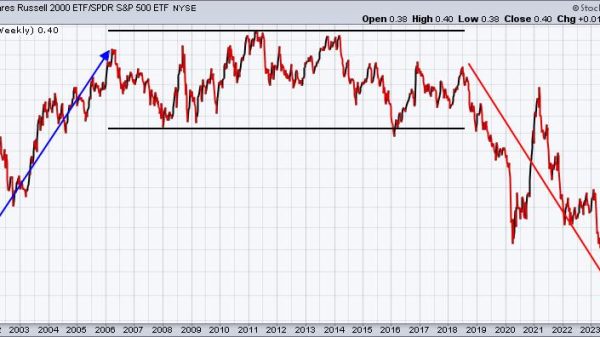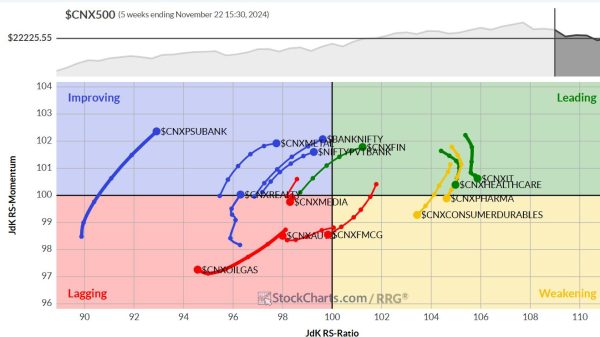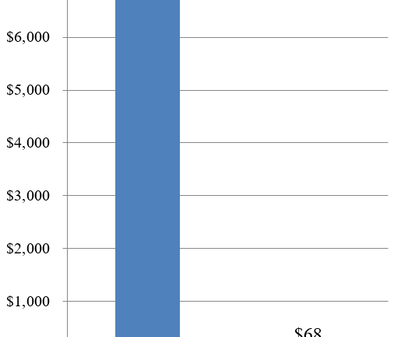Marc Joffe
Although often demonized, the core idea of 15‐minute cities is not necessarily objectionable: living within a short walk or bike ride from the places we most often visit is attractive to many. Urbanists often conceive of these cities as a collection of dense, mixed‐use low‐ and mid‐rise buildings. But if we ignore the need for elevators (which I’ll get to below), high‐rise buildings can deliver the same benefits, as is now being demonstrated by the founders of Flow and other entrepreneurial real estate developers.
Local governments can encourage the development of more vertical 15‐minute cities by getting out of the way.
Amenity‐rich high rises are nothing new. I used to live in a northern New Jersey complex called The Galaxy Towers, built in 1976, which has 1,075 apartments, tennis courts, a park, and a small shopping plaza. Novy Okkervil is a 3,708-unit complex near St. Petersburg, Russia. According to one resident, the complex has “seven grocery stores, three beauty salons, one nalivayka [draft beer store], a florist, a construction material store, a private kindergarten, three cafes, a post office, an online pick‐up point, a pharmacy, an out‐patient hospital, a children’s sports center, a pet store, children’s store, a stationary store, and a computer game club.”
But Flow, a startup established by WeWork founder Adam Neumann and funded by Andreesen Horowitz, promises to add new elements to high‐rise communities. Flow’s first property, Society Las Olas in Ft. Lauderdale, FL, includes coworking spaces that facilitate remote work and networking. The facility is also designed to attract younger residents: rather than condominium units, Society Las Olas offers rental apartments, including micro‐units of only 360 square feet renting for less than $2000 per month. Residents of these small apartments might be expected to spend more time in the building’s abundant common spaces, where they can develop personal and business relationships with their neighbors.
Flow is also building a 41‐story tower at Miami Worldcenter, which bills itself as “a compelling and unique blend of exceptional entertainment, retail, residential and commercial offerings set among a pedestrian‐friendly environment and green spaces.” According to a recent bond offering document, Miami Worldcenter is expected to have 8,574 residential units on its 23 acres in addition to approximately 608,362 square feet of office space and approximately 490,032 square feet of retail space. The development is also within walking distance of a sports arena, a college campus, and public transit. Notably, it will only include just over 2,000 parking spaces, a small fraction of the number of residential units, suggesting that many residents are expected to live car‐free.
The complex is being built by virtue of what can only be described as a very liberal land‐use regime. Buildings are not required to provide a minimum number of parking spaces per resident and are subject to lenient height, density, and setback requirements by Miami’s city government.
If we define 15‐minute cities as ones connected solely by human‐powered transportation modes (walking and biking), high‐rise communities are excluded because residents use elevators to get around. But since elevators are powered by electricity, they do not necessarily contribute to greenhouse gas emissions. They can derive at least some of their power from rooftop solar panels and can minimize their electricity use through such innovations as regenerative drives, which recapture electricity during descent.
So, for the small cost of tolerating elevators, urbanists can facilitate the development of new communities that allow people to live, work, dine, recreate, and shop without relying on cars. Urban high‐rise communities can thus play an important role in reducing greenhouse gas emissions and reducing further sprawl.
While not everyone will want to live in dense places like Society Las Olas or Miami Worldcenter, the trend toward smaller households suggests that demand for this type of housing will continue to grow. By offering lenient zoning in enough places, cities can accommodate this trend without committing public funds or changing the character of their single‐family residential neighborhoods.
























